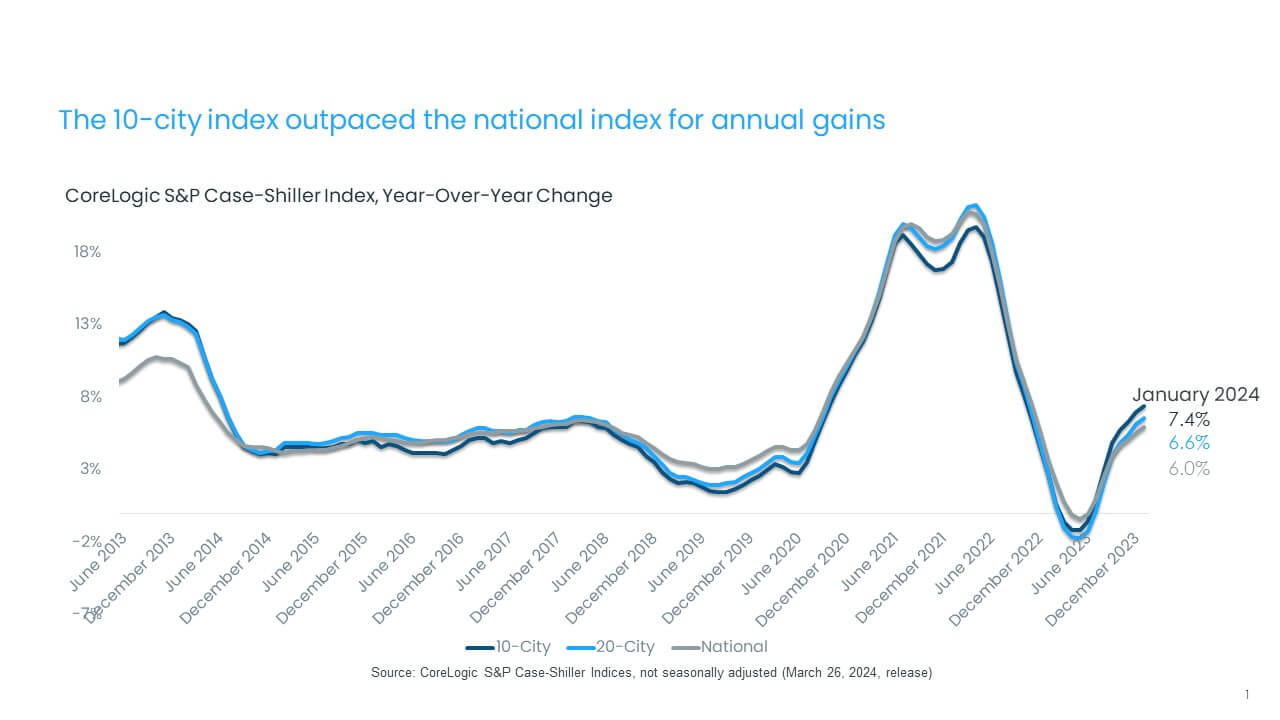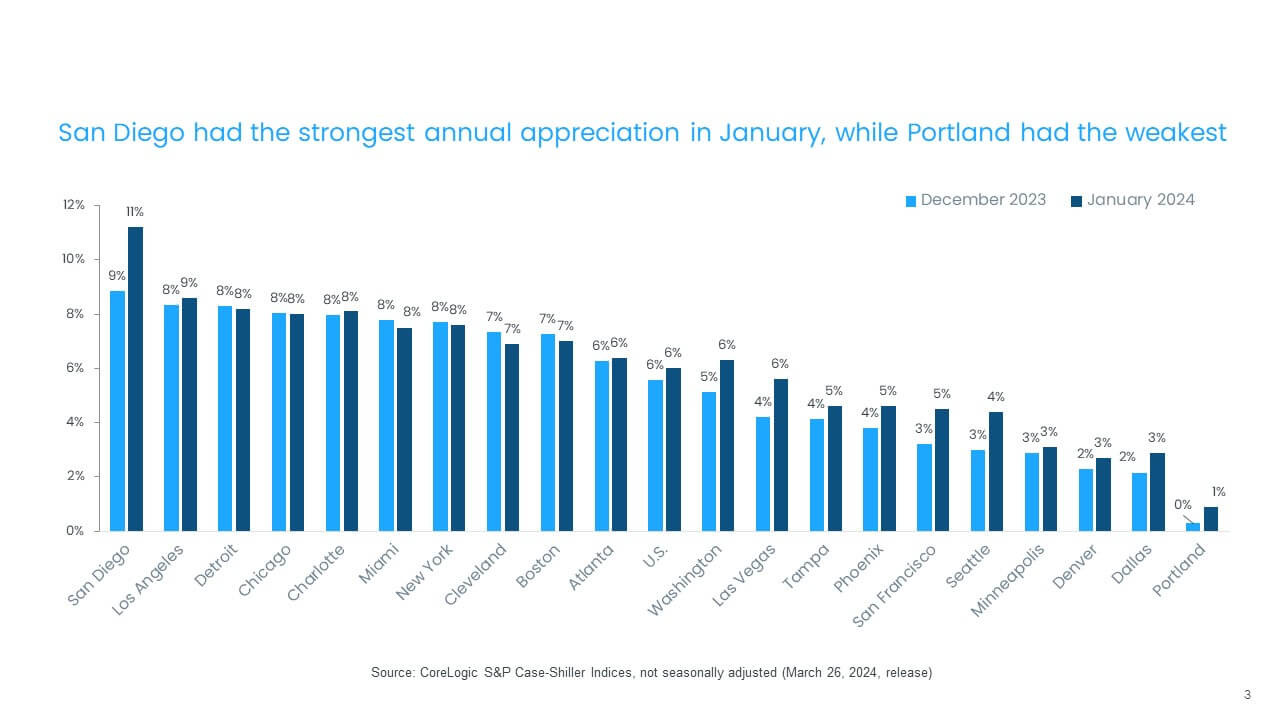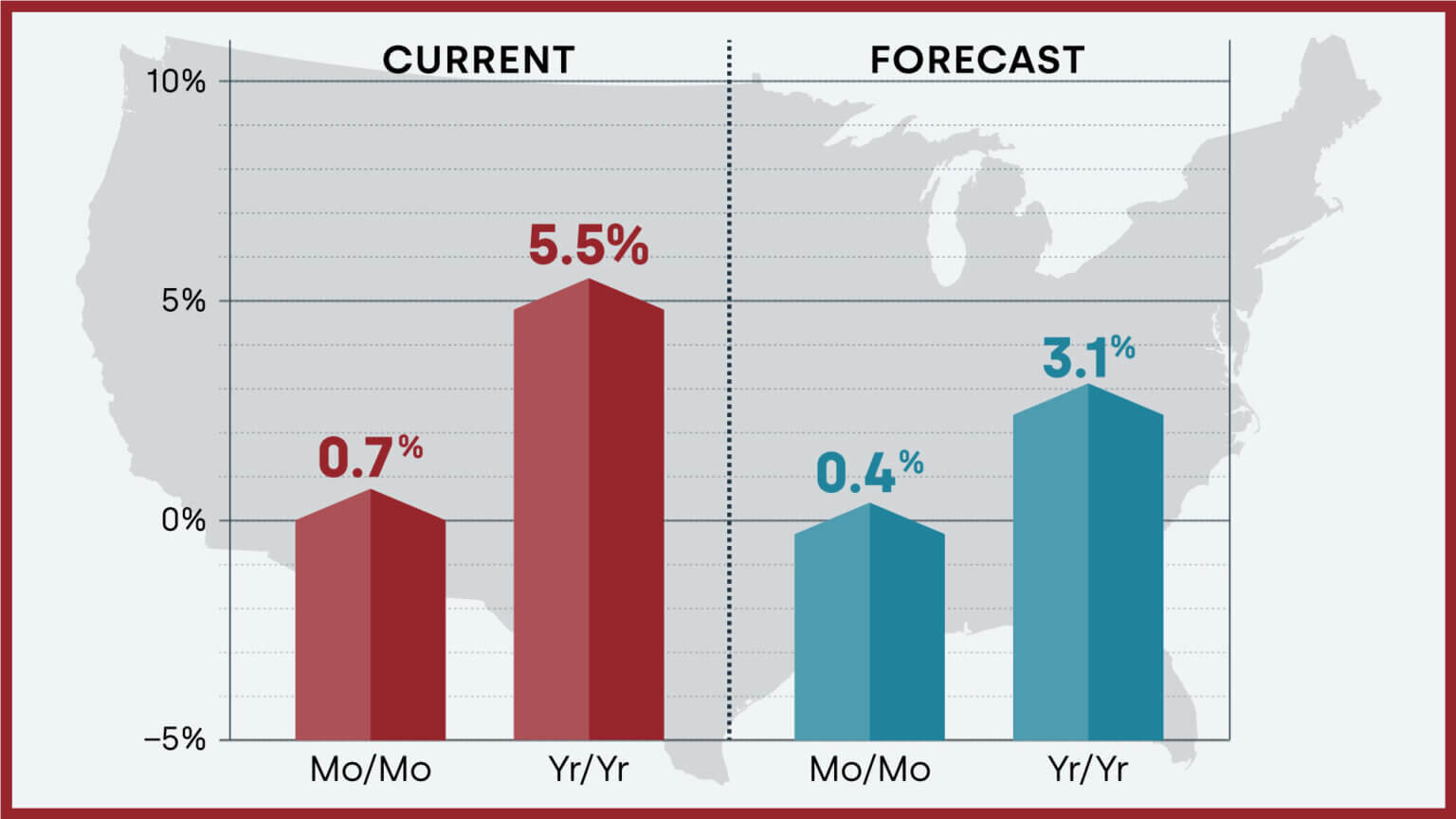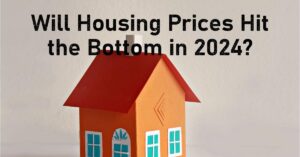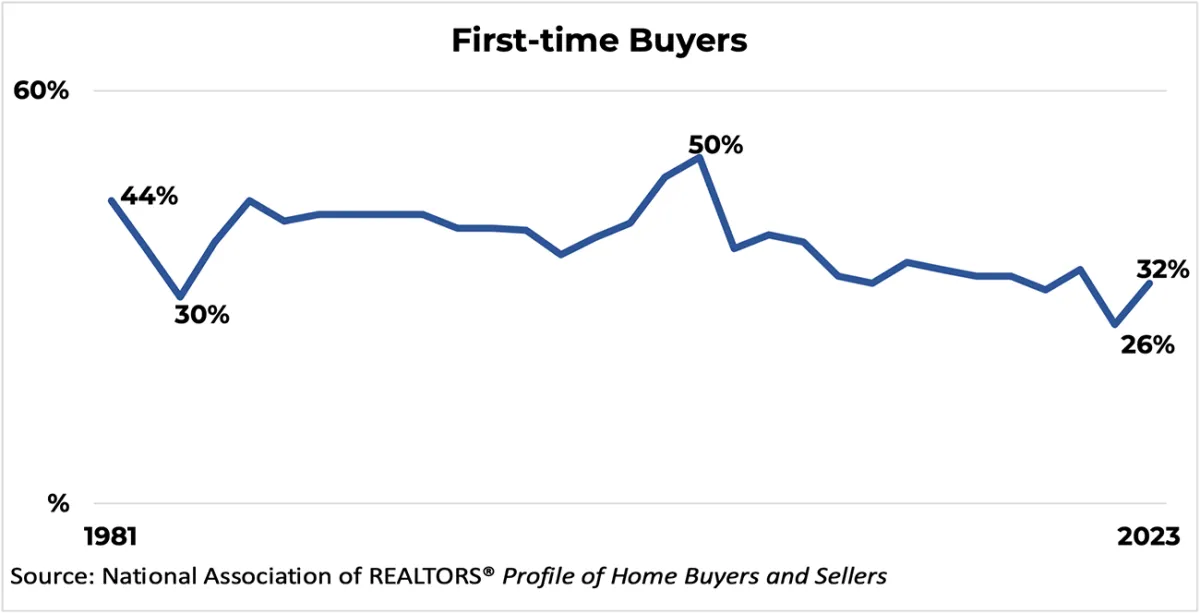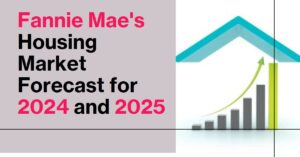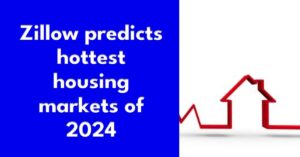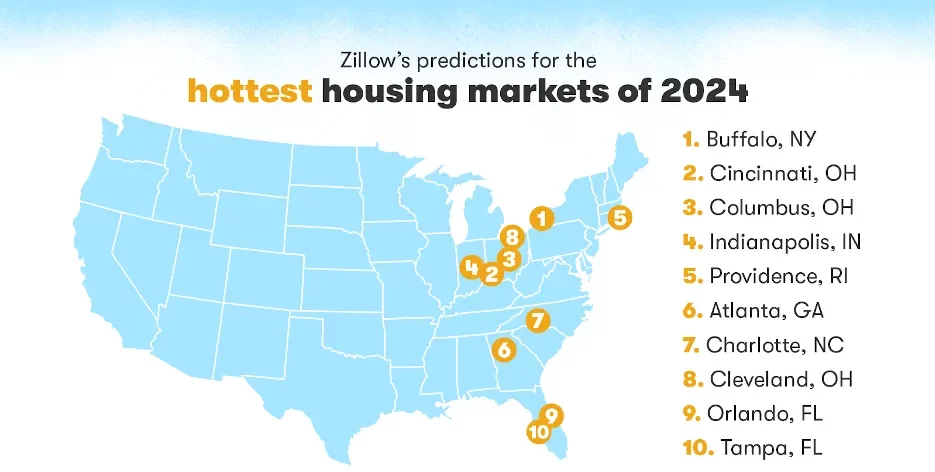As we navigate through the complexities of the housing market, a common question in many homeowners' and potential buyers' minds is the trajectory of home prices. Looking ahead to 2024, the forecast for home prices is a topic of significant interest and importance.
The Forecast for Home Price Decline in 2024
The housing market is expected to continue grappling with the dual challenges of high home prices and elevated mortgage rates. The National Association of Realtors has recently settled a major lawsuit, which is anticipated to bring changes to broker commissions and could potentially alter the traditional buying and selling model.
Experts from Fannie Mae suggest that while the market will face affordability constraints due to high prices and interest rates, there is an expectation of an increase in home sales transactions compared to previous years. The S&P CoreLogic Case-Shiller Home Price Index indicates that U.S. home prices declined for three consecutive months as of January, yet the year-over-year increase was the fastest since 2022.
Some predictions point to a gradual thaw in the housing market with added challenges. As mortgage rates slowly fall, more buyers and sellers are expected to enter the market, stabilizing housing prices. However, these predictions also acknowledge the influence of various factors such as an aging population, climate change costs, and the expansion of artificial intelligence on the housing market.
Realtor.com‘s forecast aligns with the notion of a slight easing in home prices, projecting a drop of less than 2% for the year on average. This, combined with lower mortgage rates and income growth, is expected to improve the home purchase mortgage payment share relative to median income. Zillow‘s forecast echoes this sentiment, suggesting a modest 0.2% decrease in home values nationally, indicating a trend toward market stability.
Factors Influencing Home Prices in 2024
The real estate market is a dynamic entity, influenced by a multitude of factors that can sway home prices in various directions. As we look towards 2024, several key elements are expected to play significant roles in shaping the housing landscape. Here's an exploration of the factors that could influence home prices in the upcoming year:
- Economic Indicators and Interest Rates: The broader economic environment, including GDP growth, employment rates, and consumer spending, directly impacts housing demand and affordability. Interest rates, set by the Federal Reserve, are particularly influential as they affect mortgage rates, borrowing costs, and ultimately, buyer demand.
- Technological Advancements and Remote Work: The continuation of remote work trends could shift housing preferences, with more people seeking larger homes away from urban centers. Technological advancements in home construction and smart home features may also drive up prices for properties that offer these modern amenities.
- Demographic Shifts: Changes in population demographics, such as the aging of the baby boomer generation and the home-buying habits of millennials and Gen Z, will influence the types of properties in demand and their prices.
- Environmental Concerns and Location Desirability: As climate change becomes a more pressing issue, properties in areas less prone to natural disasters or those offering sustainable features may command higher prices. Location desirability, including proximity to good schools, healthcare facilities, and green spaces, will continue to be a significant price determinant.
- Housing Supply and Government Policies: The balance between housing supply and demand is a fundamental driver of home prices. Government policies related to housing development, zoning laws, and subsidies can either alleviate or exacerbate supply constraints, impacting prices accordingly.
- Global Economic Trends: International trade, foreign investment in real estate, and global economic stability can influence domestic housing markets, especially in cosmopolitan cities that attract international buyers.
- Inflation and Consumer Confidence: Inflation rates can erode purchasing power, affecting how much buyers are willing to spend on homes. Consumer confidence, driven by economic outlook and job security, also plays a role in housing market activity.
- Construction Costs and Labor Availability: The cost of construction materials and the availability of skilled labor can affect the pace of new home construction, which in turn influences housing supply and prices.
- Market Speculation: Investor activity and speculative buying can drive up home prices, especially in markets with tight supply and high demand. This can lead to rapid price increases but also poses the risk of creating housing bubbles.
Bottom Line: While the housing market continues to face challenges, the forecasts for 2024 suggest a period of adjustment and potential stabilization. Home prices are expected to ease slightly, but regional variations and local market conditions will play a crucial role in determining the actual price movements.
As always, potential buyers and sellers should stay informed and consider their circumstances when navigating the housing market. Whether you're planning to buy, sell, or simply keep an eye on the market, staying updated with the latest predictions is key to making informed decisions.



